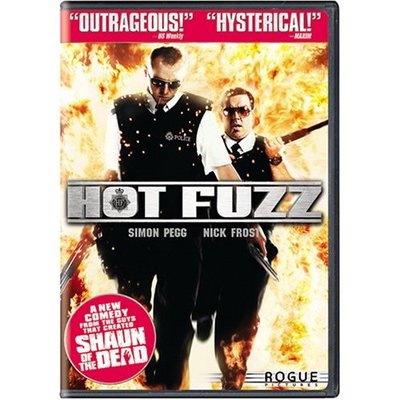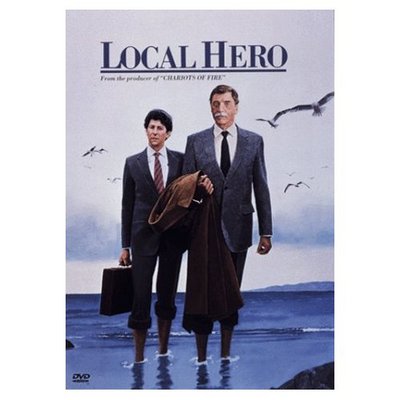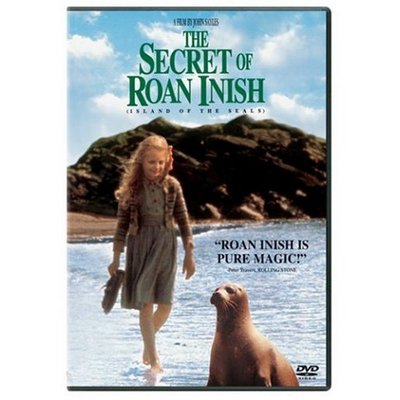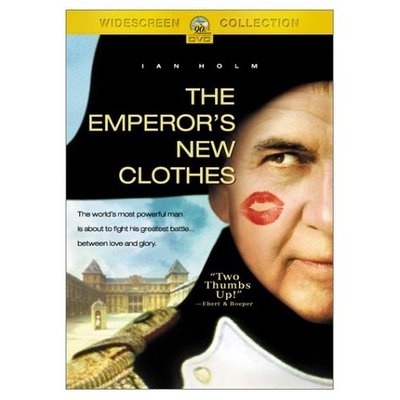I came across Frank Miller’s The Dark Knight Returns book in the late 80s and was captivated by the story and images, and how powerfully the re-imaged story overwrote my memories of the campy, 1960s television show. This was a deep story: grimmer, grittier, darker and an evocative social commentary on culture and the individual, and the individual’s struggle with himself. I was so pumped up when I heard a little later about the a new kind of Batman movie coming out. Then I heard that Michael Keaton was cast as the Batman. Oh well.
That movie series actually turned out to be okay, though it was understandable why no actor wanted to make it a recurring role as Keaton, Kilmer and Clooney all had a little fun with the part and moved on. It was only when Batman Begins, starring Christian Bale, came out that I saw the vision and felt the excitement that Miller first stirred in me. Given all that’s gone before, there’s a reason the new series has been rebranded as a whole new franchise under The Dark Knight mantle.
I went to see the new movie on Saturday with some anticipation, though I was a little concerned that the movie was being overshadowed by the untimely death of Heath Ledger, who I’m sure you have heard played The Joker. There had been rave reviews of the movie and of Ledger’s performance; even some talk of him being nominated for an Oscar. I chalked this up to bathos related to his passing. I was somewhat familiar with other roles Ledger had played and was underwhelmed. Now that I’ve seen this movie, however, I would cast my vote in his favor. Everything, from the angle of his shoulders, to his voice and laugh, to the twitching of his tongue, created the most compelling and sinister movie villain since Hannibel Lecter.
Best of all, and as strong as the performance was, it didn’t overshadow the rest of the movie. It’s a fabulous story, building onto Batman Begins and gaining momentum of its own. There’s action and special effects of course, but also a story of the nature of good and evil. Granted, the dilemmas are freshman-level ethical “heavies”, but still much deeper than your average (or even above-average) summer blockbuster. In my view it’s as Hayden Tompkins points out in her take on the movie, “Not every choice, however, is one made it the midst of crisis. It’s the choices we make on a day-to-day basis, in the flow of our life, which can just as clearly reveal who we really are.”
As the Joker says in the movie, “Madness is like gravity. It only takes a little push.” Character, however, is harder work. It takes a push, a prod and a continuing series of head slaps sometimes to establish it and keep it going. Consider this movie an invigorating head-slap and go see it.
P.S.
While you’re at it, go here to listen to a song, My Twisted Humor, that a friend of the Mall Diva’s (alias Princess Flicker Feather) wrote and performed in the hopes that it might make its way into this movie. It obviously didn’t, but it can still work for the next movie!

















